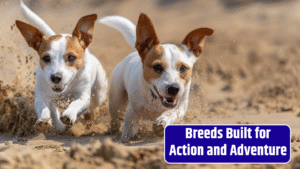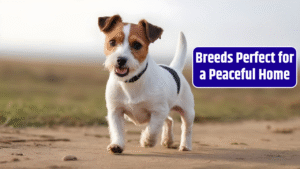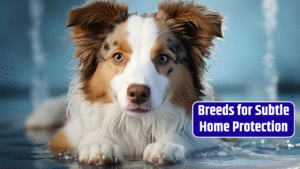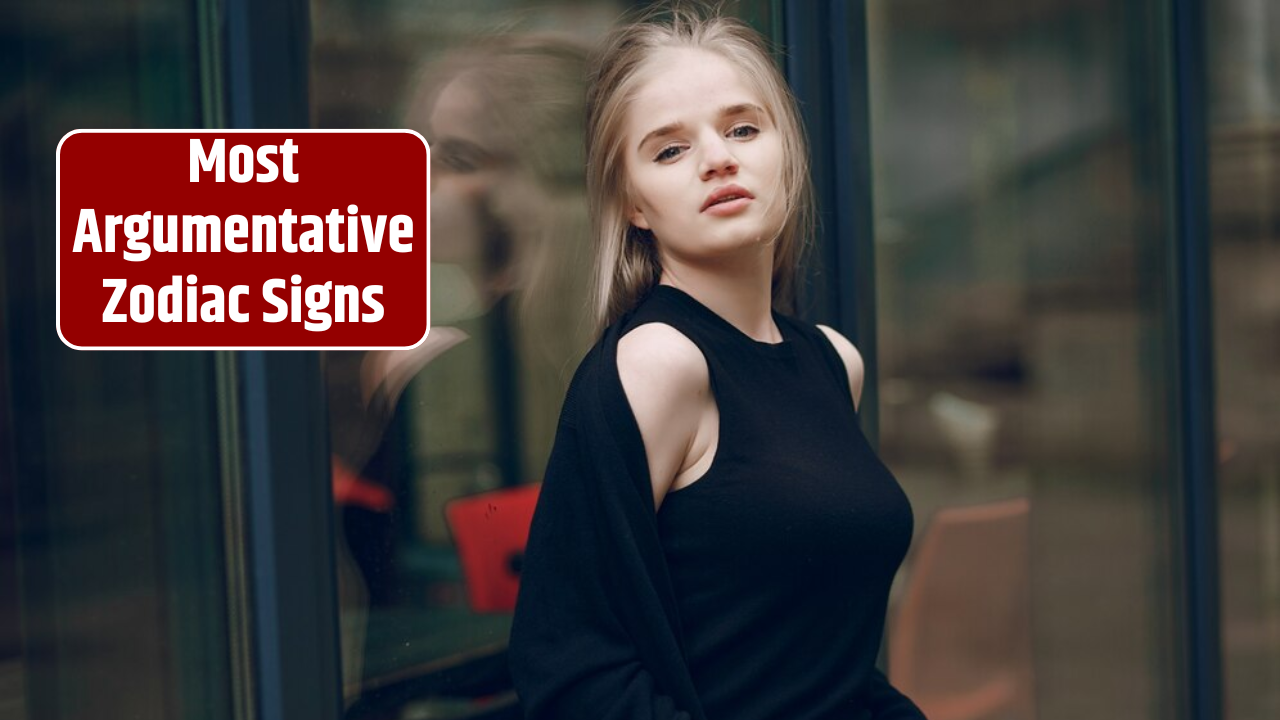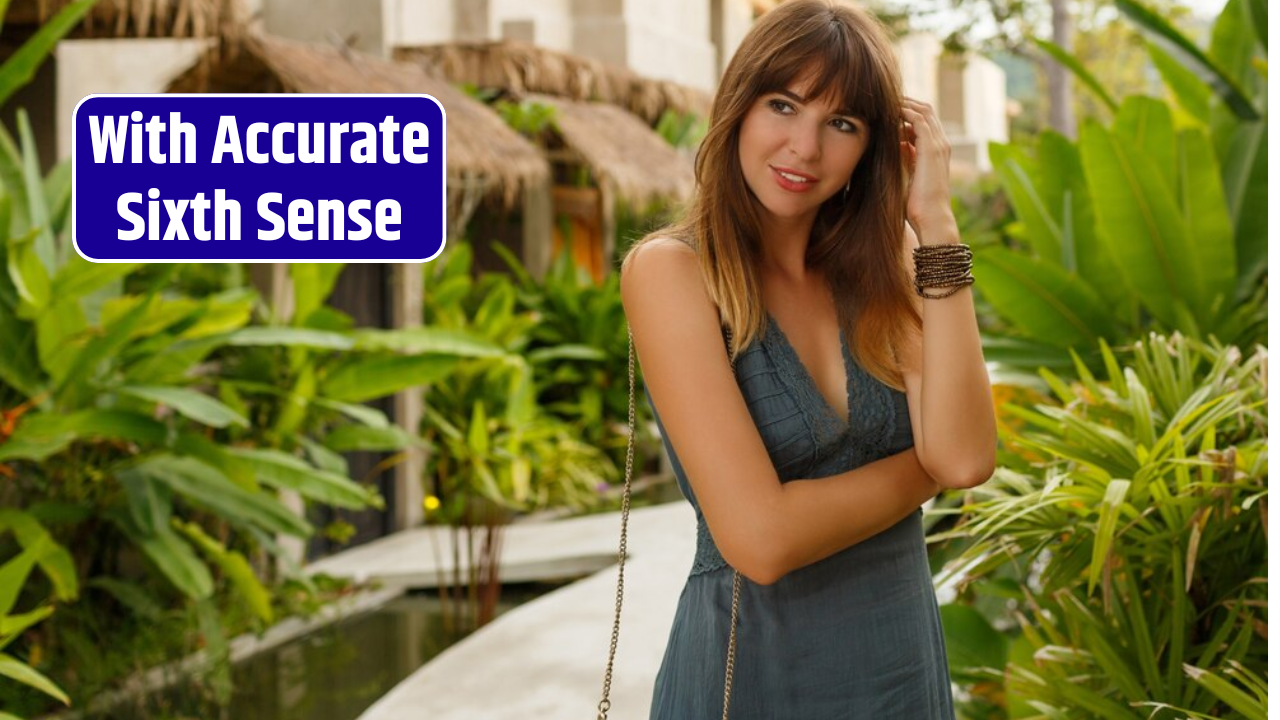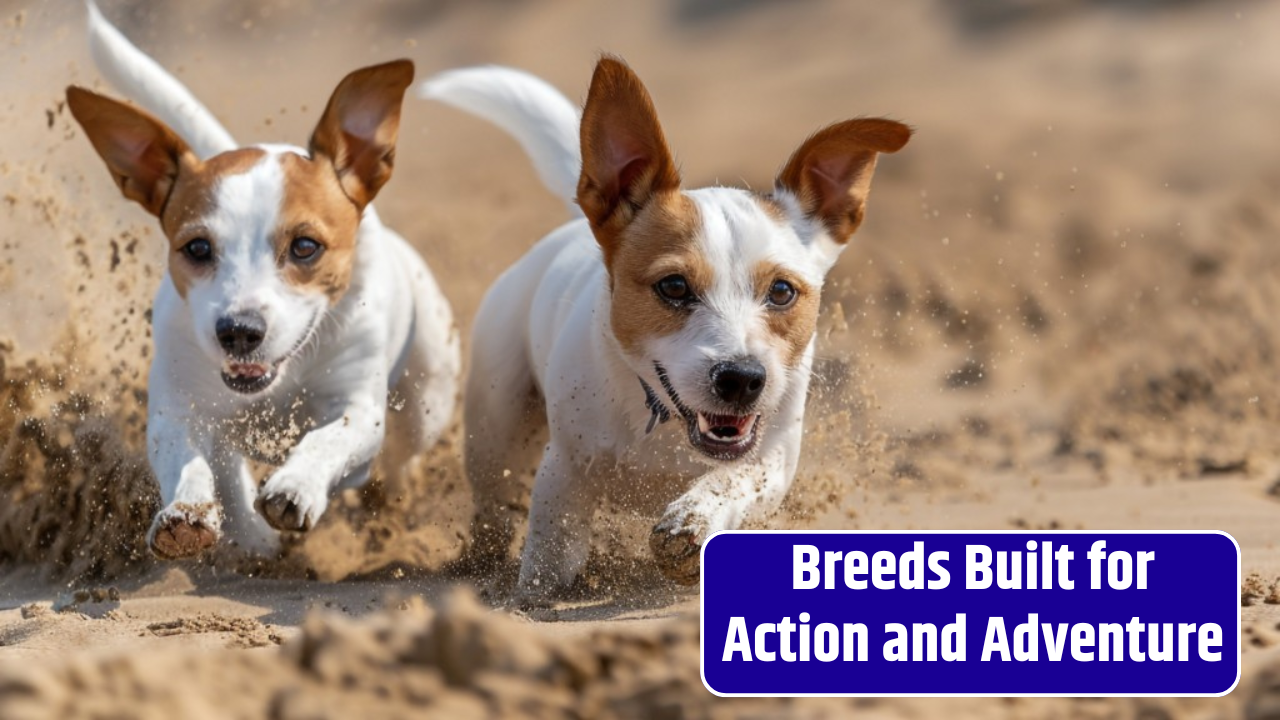The bond between humans and dogs goes beyond words—it’s a silent, intuitive connection built on trust, affection, and unspoken understanding. While barking and whining are obvious ways dogs communicate, much of what they “say” happens through subtle body language and behaviors. By learning to read these cues, you can deepen your relationship with your dog and respond more meaningfully to their needs.
Here are seven powerful ways your dog communicates with you—without ever saying a word.
1. The Meaning Behind Tail Wags

A wagging tail isn’t always a sign of happiness—it’s more nuanced than that. The speed, height, and direction of a wag can reveal a range of emotions:
| Tail Movement | Likely Meaning |
|---|---|
| Loose, sweeping wag | Excited, happy |
| Stiff, slow wag | Uncertain, cautious |
| Tail tucked between legs | Fearful, anxious |
Always consider the rest of your dog’s body language. If their tail is wagging high and fast with relaxed muscles, they’re probably thrilled. But a low, slow wag accompanied by tense posture may signal discomfort. By recognizing these signals, you can celebrate their joy—or offer reassurance when they’re uneasy.
2. Eye Contact as a Window to Emotions

When your dog gazes into your eyes with soft, relaxed features, it’s a sign of love and trust. Gentle eye contact fosters connection and strengthens your bond. However, prolonged staring combined with stiff posture may signal a challenge or discomfort.
To deepen your relationship, return their gaze with soft eyes during calm moments. But remember: avoid direct eye contact with unfamiliar dogs, as it can be perceived as threatening.
3. Pawing for Attention (or Something More)

If your dog paws at you, they’re trying to get your attention—but the reason can vary. Are they hungry? Do they want to play? Or do they need a potty break? Context clues like whining, pacing, or sitting by the door can help you decipher the message.
Respond by addressing their immediate need. You can also train commands like “shake” or “touch” to give them a structured way to communicate with their paws.
4. Leaning Into You

When your dog leans against you, it’s more than just cute—it’s a sign of trust and affection. Some dogs, especially breeds bred for companionship, lean to feel close and secure. It can also be a way to seek comfort during stressful moments.
Support this need by offering gentle pets or creating cozy spaces near you. If your dog leans often, having a bed beside your work area or couch can help them feel connected even when you’re busy.
5. Yawning as a Calming Signal

In dogs, yawning isn’t always about being tired. Often, it’s a calming signal used to self-soothe in stressful or tense situations—like a noisy environment or a vet visit. Excessive yawning around other dogs can also indicate submission or discomfort.
If you notice your dog yawning repeatedly in certain settings, it’s a sign they may need a break or a quieter environment. Helping them feel safe can prevent anxiety from escalating.
6. Expressions Through Ears and Face
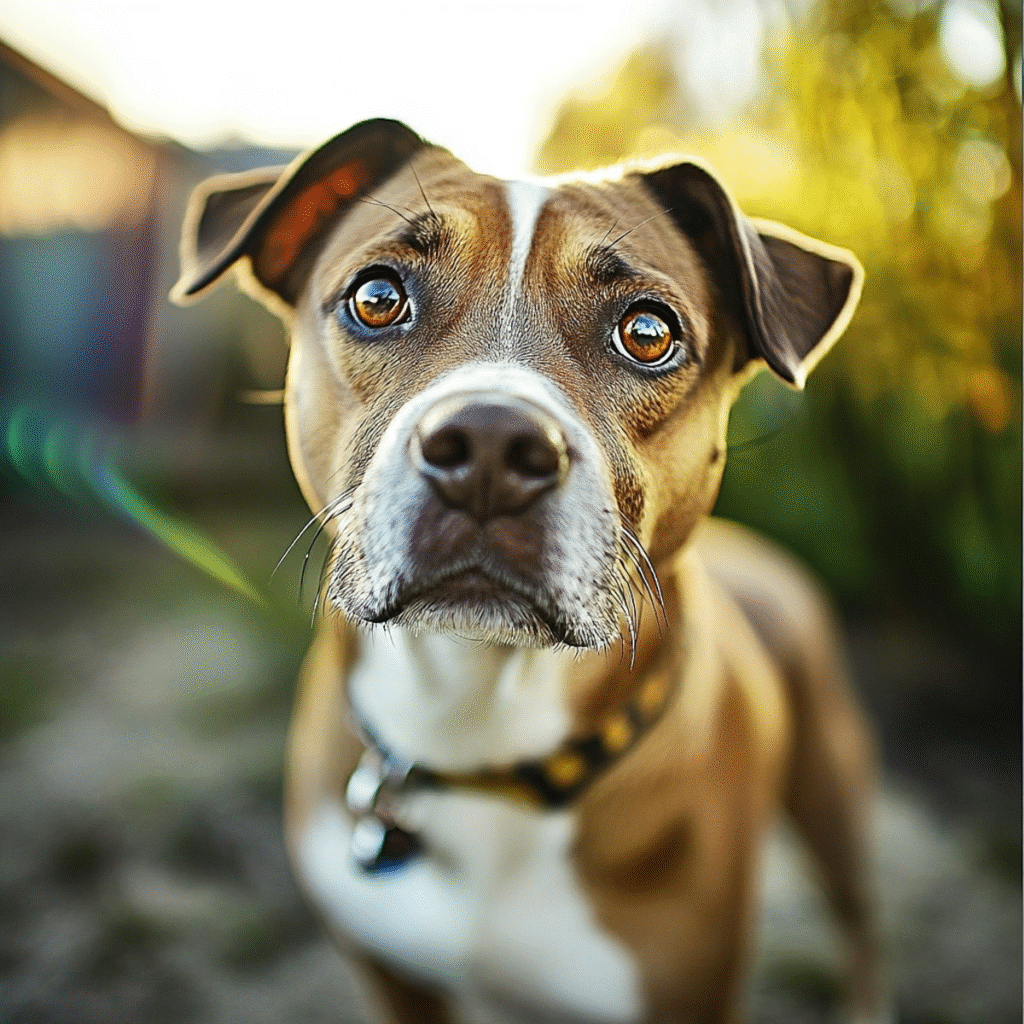
Your dog’s ears, eyebrows, and mouth convey a lot about their emotions. Here’s a quick guide:
| Expression | Likely Meaning |
|---|---|
| Ears forward, head tilt | Curious, interested |
| Ears back, lowered head | Fearful, submissive |
| Raised eyebrows, soft eyes | Friendly, relaxed |
| Lips tight, teeth bared | Defensive, uncomfortable |
Observing these expressions in different situations helps you understand their mood and respond appropriately—whether it’s offering reassurance or celebrating curiosity.
7. The Play Bow Invitation

When your dog lowers their front legs, stretches their paws forward, and raises their rear, they’re offering a classic “play bow”—a universal invitation to have fun! This joyful gesture signals excitement and a desire to engage, whether it’s with you, another dog, or a favorite toy.
Join the fun by tossing a ball, playing tug-of-war, or simply running around together. Playtime strengthens your bond and provides essential mental and physical stimulation.
Understanding these silent signals transforms your relationship with your dog from routine care to a deeper, more responsive partnership. By observing and responding to your dog’s unique ways of communicating, you create a safe, trusting environment where they feel heard—even without words.
FAQs
How can I tell if my dog is scared or anxious?
Look for signs like a tucked tail, flattened ears, yawning, lip licking, or avoiding eye contact.
Is tail wagging always a good thing?
Not always—a fast, high wag often signals happiness, but a slow or stiff wag can indicate nervousness or unease.
Why does my dog lean on me?
Leaning shows affection, trust, or a need for reassurance. It’s their way of staying close and feeling secure.
What does it mean if my dog paws at me constantly?
They may be seeking attention, food, playtime, or need to go outside. Watch for other cues to understand their request.
Should I stare back at my dog when they look at me?
Gentle, soft eye contact can build trust—but avoid intense staring, especially with unfamiliar dogs, as it may feel threatening.

